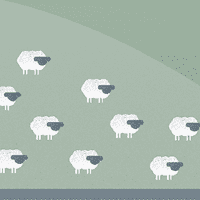Driven by weakness in commodity prices since 2014, the average uplift in rents has fallen from just over 7% between 2013 and 2014 to around 4% during the last two years. We continue to note the reduced number of reviews taking place, as well as an increase in the number of no change and downward revisions.
During the past 10 years, our Estate Benchmarking Survey shows that average rents have increased by just over 4.5% per annum (compound annual growth). Farm business tenancies (FBTs) recorded closer to 5.5% growth, yet underperformed traditional tenancies (AHA) during 2016 and 2017.
.png)
.png)
.png)
.png)
